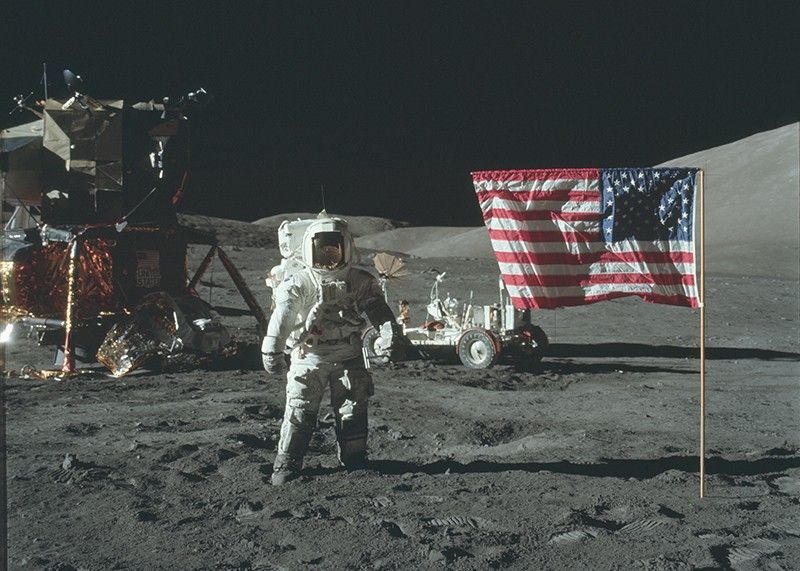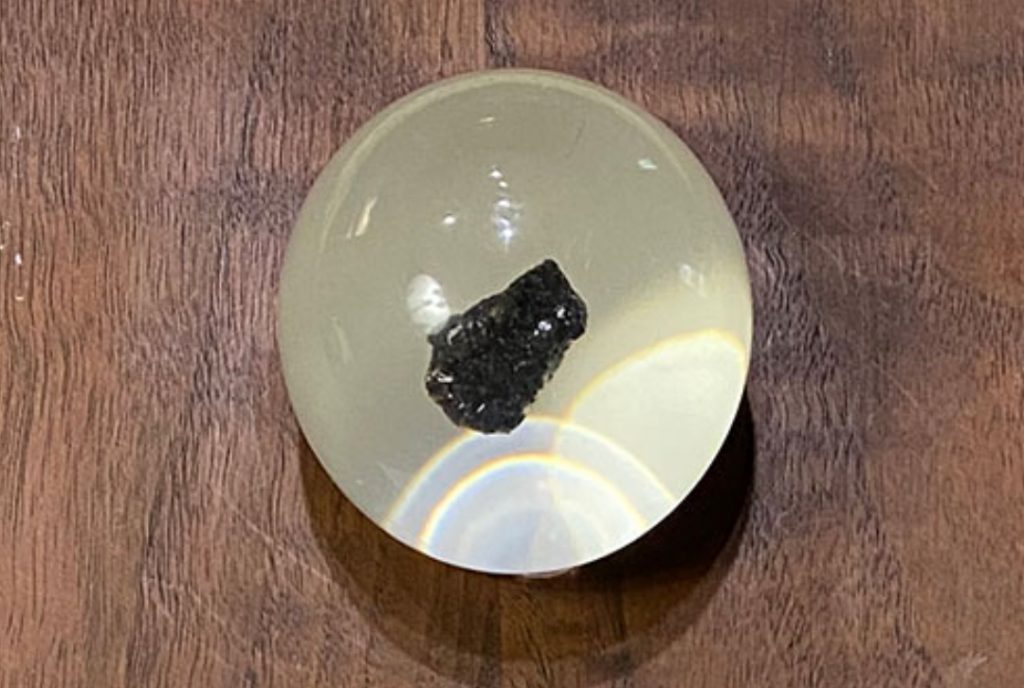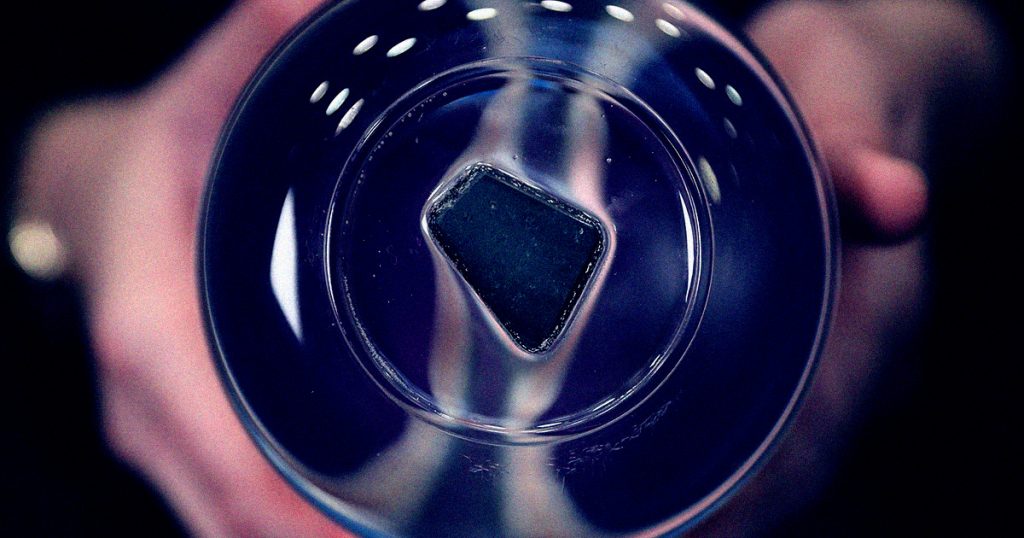The long-lost moon rock from the Apollo 17 mission has been recovered. It turned out that it had been sitting in the Florida home of a man who had purchased it at a garage sale.
The newly discovered moon rock was part of a larger moon rock fragment collected by astronauts Eugene Cernan and Harrison Schmitt during the Apollo 17 mission in 1972, according to Robert Pearlman, a space historian. It was donated to the state of Louisiana by former President Richard Nixon, and it is one of many moon rocks that have gone missing since being delivered to the United States.

According to reports, the rock was in possession of a man in Florida who claimed he bought it at a garage sale 15 years ago.
“I can’t even tell you how long I owned it for,” the man, who asked not to be named, told CollectSPACE. “I’m not even sure how much I paid for it. I buy plaques because I take the wood from the plaques, and I send it over to my gunstock guy, and he makes grips for my Colts and so forth.”
How it went missing remains a mystery, but the museum is still planning to review its authenticity. However, it hints at a much more significant issue. Hundreds of Moon rocks have gone missing or been stolen, according to The Advocate, with the most still unaccounted for.

NASA has sealed the great majority of the lunar samples returned by the Apollo missions. However, most of the samples provided by Nixon to the 50 US states, territories, and foreign governments have mysteriously disappeared. Only a small percentage has been reported stolen, according to CollectSPACE. The rest, however, vanished without explanation, such as the Apollo 17 sample that the Florida guy hand-delivered to the Louisiana State Museum”.
“As for the piece of the Apollo 17 moon rock that was given to Louisiana, [Louisiana Art and Science Museum chief curator Elizabeth] Weinstein had no idea where it might be,” according to a 2018 piece in The Advocate, about the newly discovered Louisiana’s Apollo 11 sample
“There is no record of its presentation or exhibit in The Advocate’s archives,” the article continues. “The Louisiana State Museum and state archives and governor’s office had no record of it, though the governor’s office said it is still looking.”

Steven Maklansky, the director of the Louisiana State Institution, stated that the museum has no plans to pursue the rock’s bizarre journey, so we may never learn how it went missing in the first place or who planned to take it for themselves.
“I just don’t know about its chain of ownership,” Maklansky said. “As you can appreciate, I’m just happy that it is here now.”


